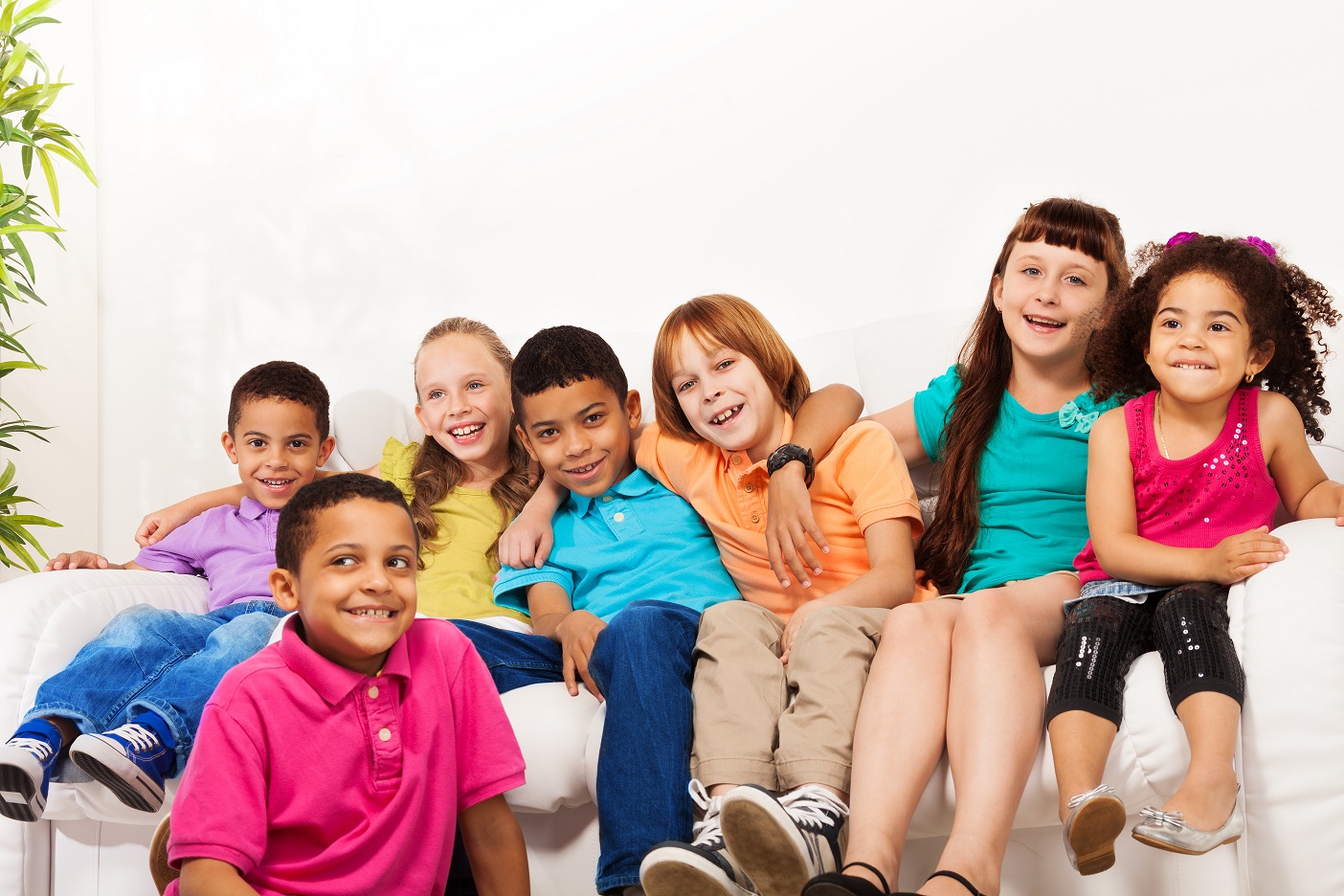During a recent WhatsApp conversation about Roblox and account restriction settings with some friends I realised that as I am a parent of boys and several friends are parents of girls (as well as some who are parents of both), there will be different things that we are worried about in terms of online safety as our children get older.
As I was conversing over WhatsApp, it struck me that while we all worry about our children staying safe online there is, I believe, distinct differences in the online dangers for boys and girls.
Bearing in mind that 1 in 3 users on the Internet are children and (I have heard it quoted) that at any one time on the Internet there are between 50,000 and 100,000 adults online with a vested sexual interest in children. To be honest I am not sure how that figure is calculated but with the amount of people connected to the Internet at any one time I can believe it.
The Internet Watch Foundations (IWF) Annual Report for 2019 (https://www.iwf.org.uk/report/iwf-2019-annual-report-zero-tolerance) showed that there were , in my mind, clear differences between boys and girls.
For Girls
In 2019 there were a total of 260,426 reports of suspected web sites showing child sexual abuse images or videos .
Of that 132,730 web pages with child sexual abuse images removed by the IWF, and one third of the content on those pages was self generated by children who had been groomed online.
Of that imagery 92% were girls, boys accounted for 3% and 48% of that imagery was of children aged 11- 13 years old and 34% was 7-10 years old.
For the self generated child sexual abuse imagery, 3 in every 4 (76% or 29,312) images or videos shows a girl aged 11 – 13 and 13% (5026) of images or videos showed a girl aged 7 – 10.
As you can tell from those statistics girls are being targeted and groomed to produce self generated images of child sexual abuse, boys accounted for 3%.
If you are a parent of girls then you need to make sure you are educating your daughter(s) about staying safe online, have regular conversations about what is appropriate and what is not appropriate to do or post on the Internet and what to do if someone online asks you to do something that makes you feel uncomfortable. Do not forget these people are very persuasive, charming, patient, will be your childs best friend, their confidant until they get what they want.
One statistic that really surprised me in the IWF report is that Europe accounted for hosting 89% (117359) of child sexual abuse web sites with the Netherlands hosting 71% of the wesbites (93,962)!
Another was that while only 0.1% of child sexual abuse material is hosted in the UK, it is the 3rd largest consumer of online child sexual abuse material and for £10 or £12 you can direct a child to be raped.
I think Alicia Kozakiewicz sums up why you should regularly talk to your children about Internet safety. Alicia was abducted by someone she had met online and her harrowing story can be found here https://www.bbc.co.uk/news/magazine-35730298.
When addressing the US Congress about the dangers of the Internet she stated “”The boogey man is real. And he lives on the Net. He lived in my computer — and he lives in yours,” she said, looking at the lawmakers. “While you are sitting here, he is at home with your children”” and as a parent that translates to “While you are sitting in your lounge, he is in the bedroom of your children”.
For boys, while there is the danger of online grooming, I think the dangers are different from girls and my main worry as a parent is the exposure to pornography at a young age. The average age that a child is exposed to pornography is 11 and can be younger. While you can have parental controls on your childrens device, you can have restrictions on the home broadband and safe Internet search engines on their laptops or devices all that it can take is a visit to a friends house where parents have been lax on Internet safety and your child can be exposed to online pornography.
In fact what researchers are finding is that young men aged 18-26 are increasingly watching pornography and getting desensitised to what they are watching, as such they turn to more extreme pornography and from that can move on to watch child sexual abuse.
Among the issues with pornography are, that it gives children unrealistic ideas about sex (where they think violence may be appropriate) and can affect their ability to develop healthy relationships.
They can also have difficulty forming intimate relationship. Children exposed to pornography tend to engage in sexual acts at a younger age and the peak ages for an adolescent to engage in harmful sexual behaviours are between 12 and 14. The number of reports of child on child abuse in the UK rose from 71% between 2013 and 2016 (source https://www.theguardian.com/society/2017/oct/09/child-on-child-sexual-assaults-soar-police-figures-reveal) and a contributing factor has to be childrens exposure to pornography on the Internet.
Even with safe search enabled it is very easy, too easy in fact to find inappropriate material. I enabled SafeSearch in Google and did a search for cowgirl which to a child is an innocent term, and even with safesearch enabled I managed to find the images below presented in some of the first images I saw. I once, a few years ago, did a search for asteroid belt as my eldest boy was interested in seeing what one looked like and in amongst the images was a woman knelt in front of a man, you could not see anything but the implication of what was happening was clear and its children finding these images accidently that has me as a parent worried.

There are plenty of resources about talking to your children about pornography online, such as the following from Internet Matters.
As parents we are all looking to make sure our children have a safe online experience, I just believe that as parents of boys, girls or both our online safety conversations may have more emphasis on certain topics.
